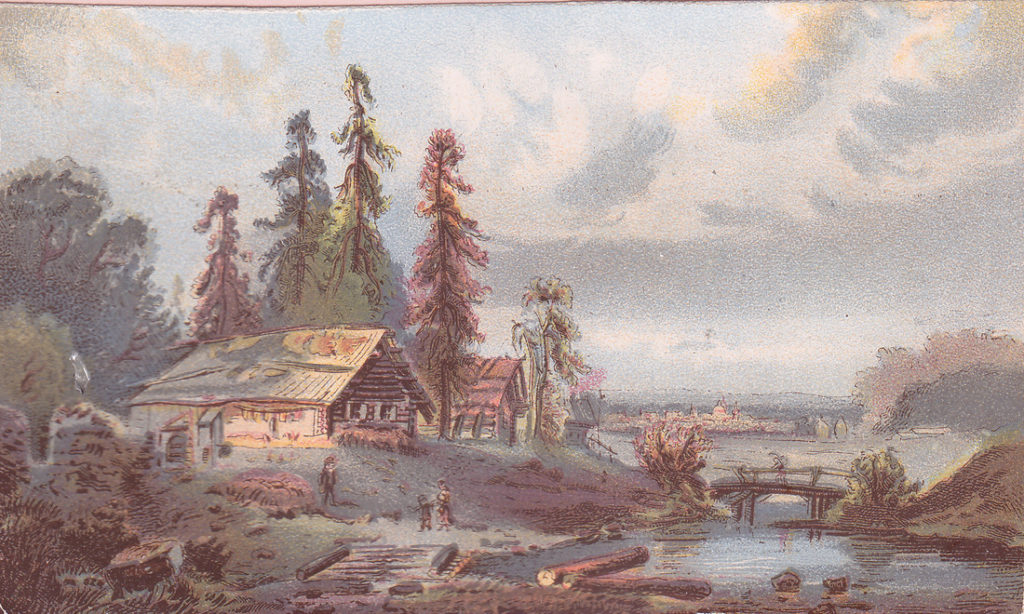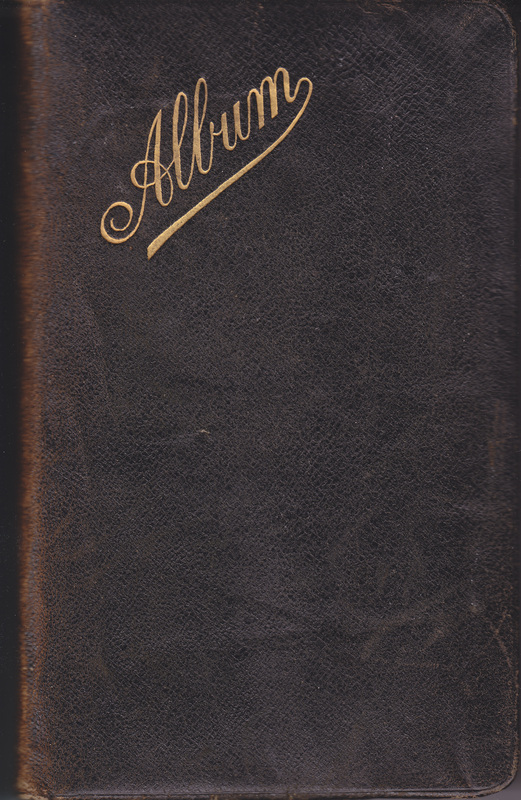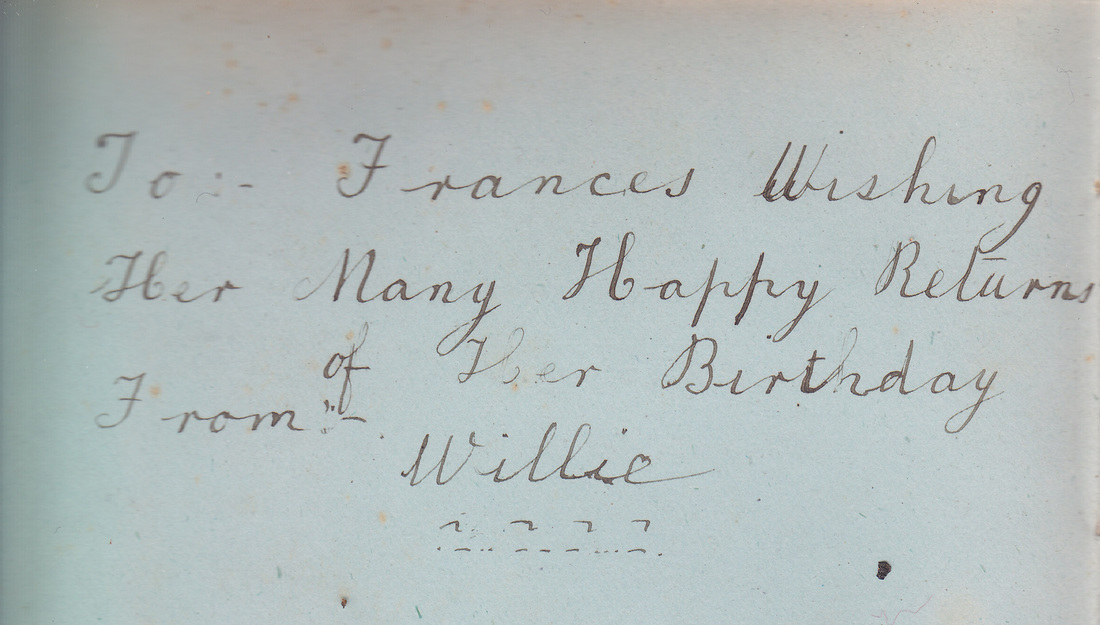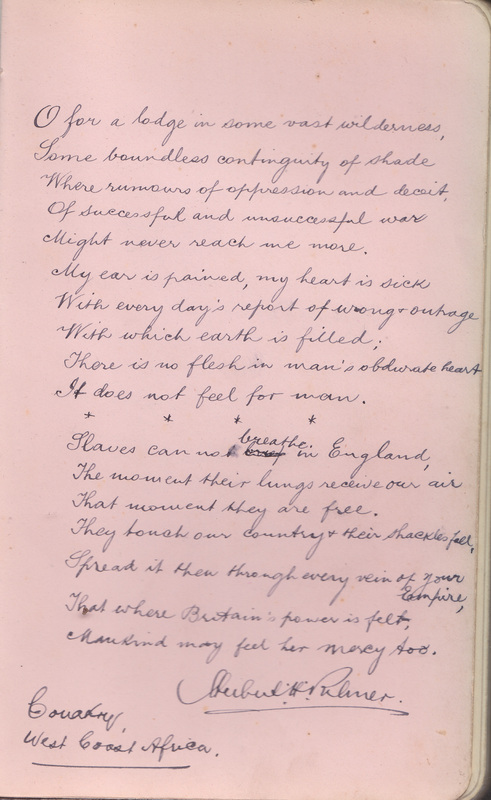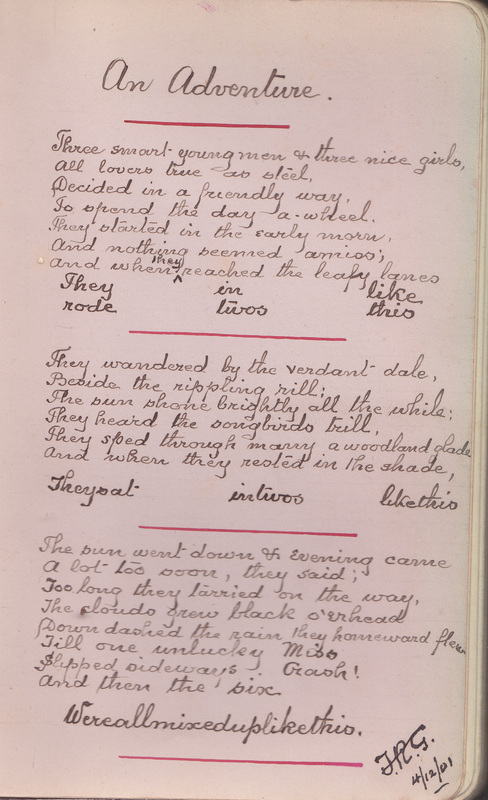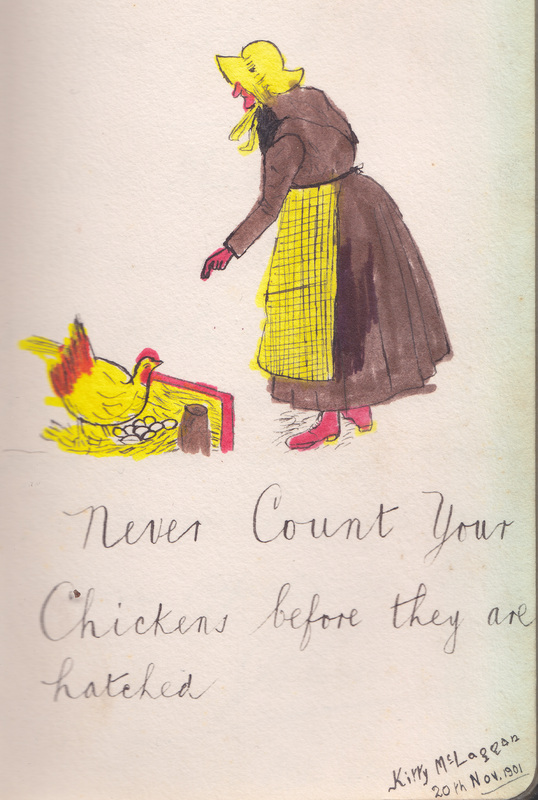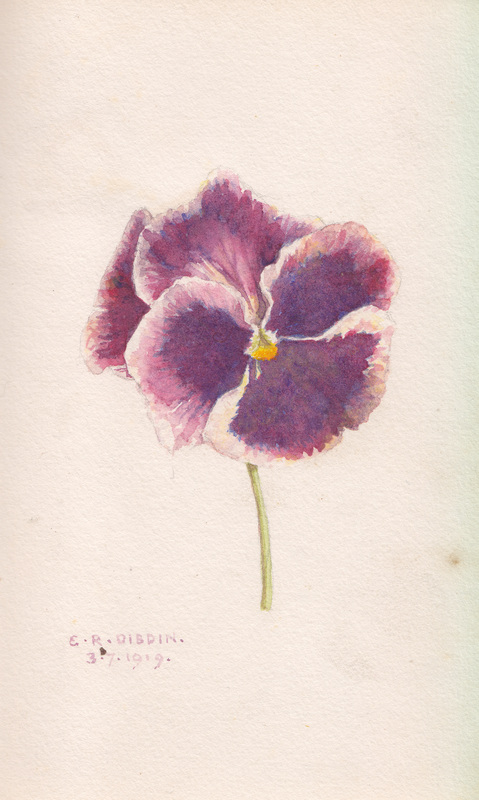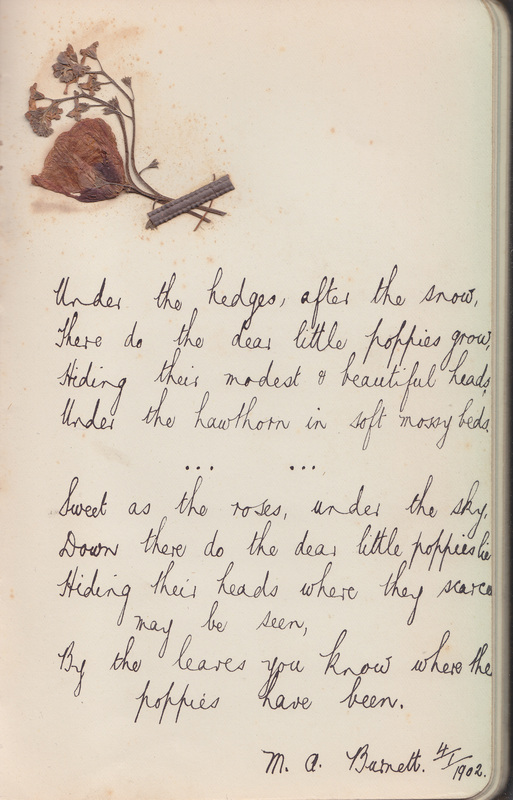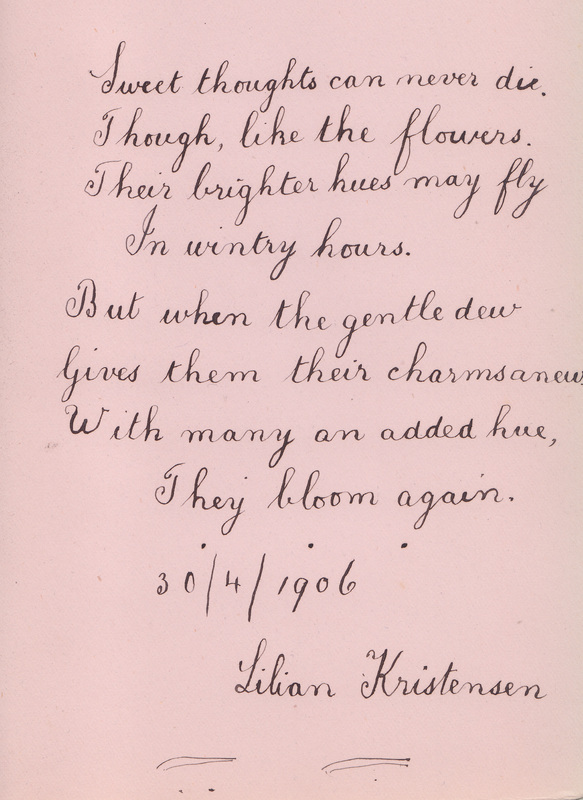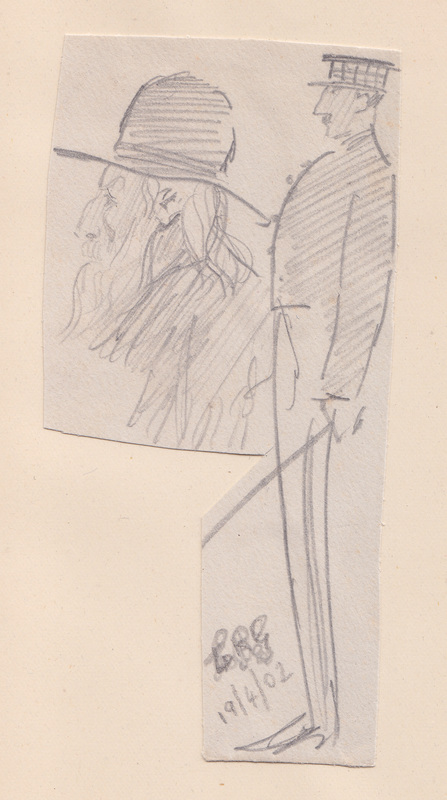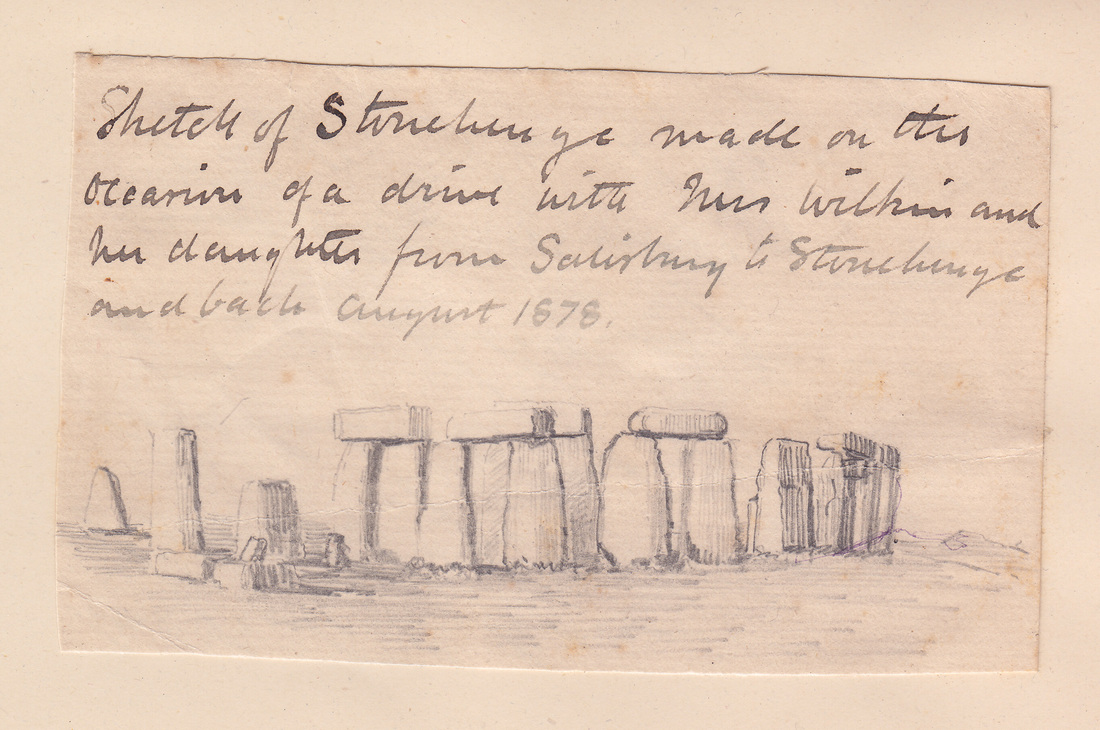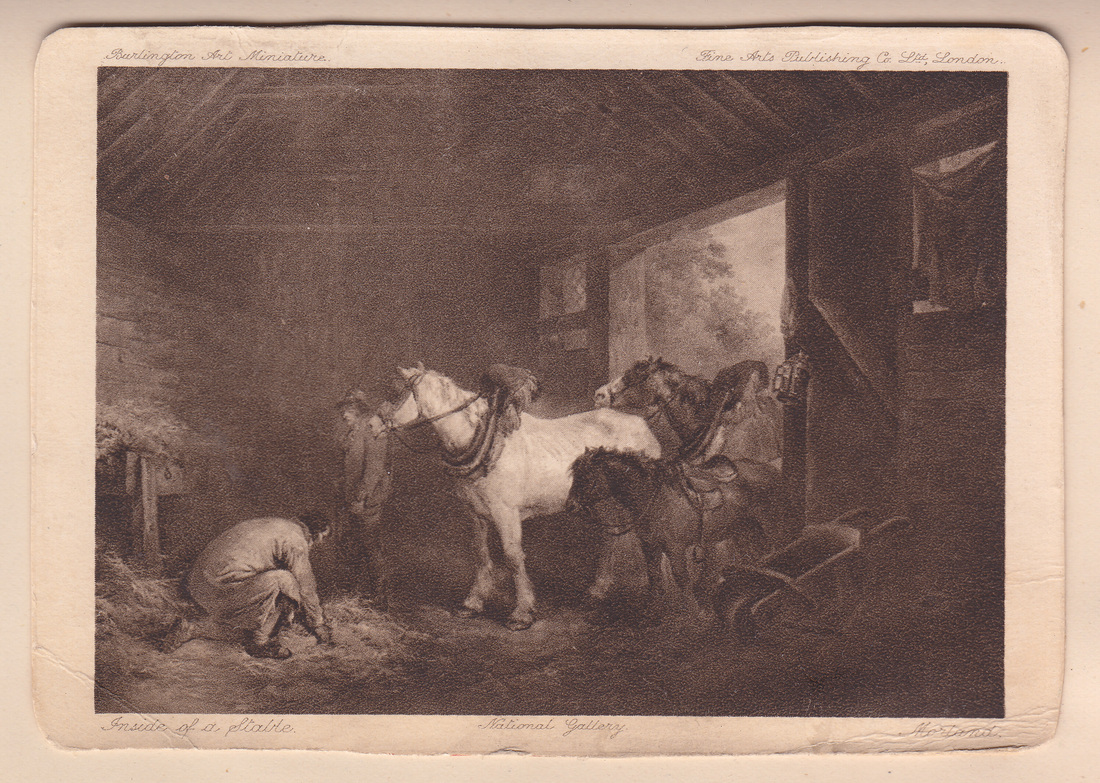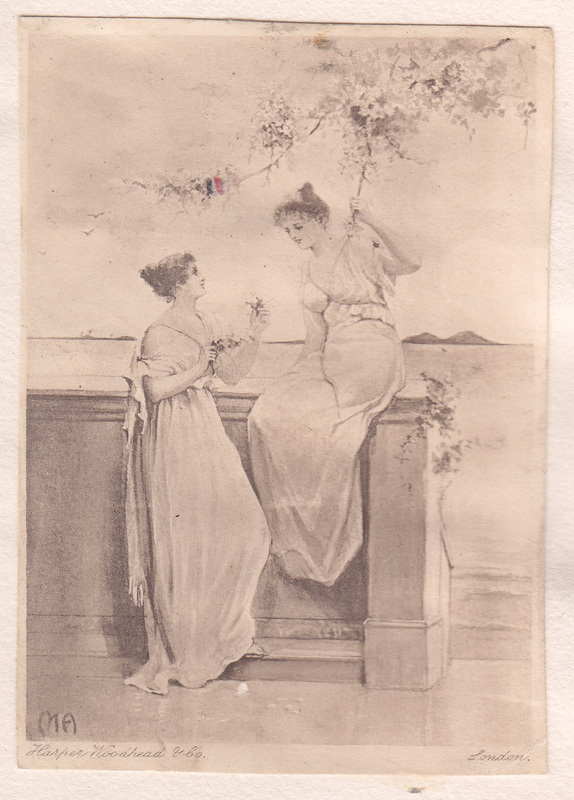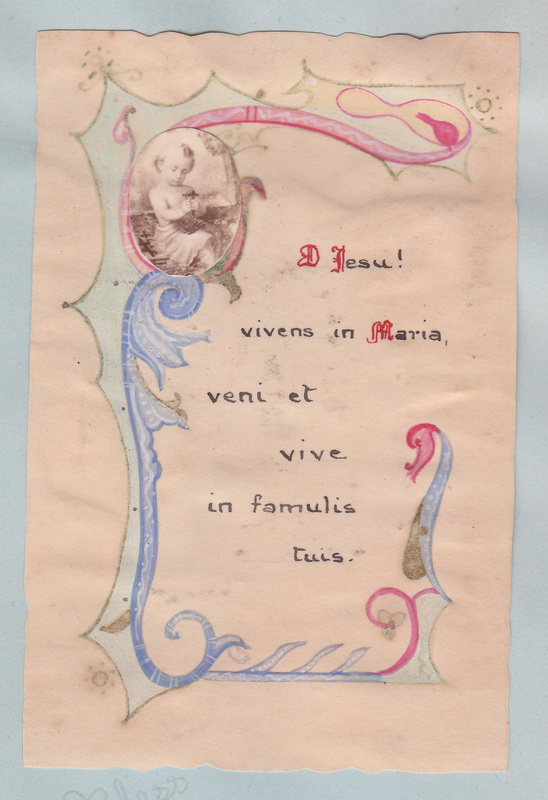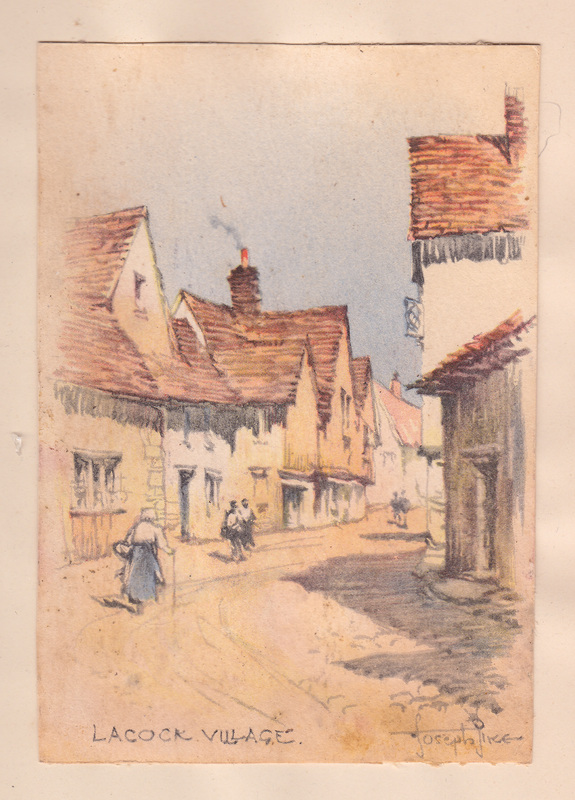Some of the items in my collection are what one might call high-end artefacts – beautifully-crafted and formally-produced, such as limited edition fine prints or bound volumes. However elegant and precious these might be, I often find myself far more attracted to – and excited by – the odd little vernacular trinkets found at the other end of the scale: hand-written postcards, personal ephemera, amateur photographic montages or scrapbook compilations. Objects such as these were created without any interest in commercial value or posterity, and in addition to their sense of honesty and charm, they often provide a window into how our ancestors amused themselves in private.
Compiling commonplace books was a popular pasttime well into the 20th century, and one might argue that contemporary online practices such as blogging and website such as Pinterest are a continuation of the same impulse. Commonplace books are compilations of quotations, useful passages from books, epigrams and so on, copied out into one’s own notebook and often organised thematically or by the addition of an index or other keys, They developed from the medieval florilegium or ‘gathering of flowers’, in which the scribe would select what he regarded as the wisest texts from earlier writers – just as a bee extracts nectar from the most attractive flowers – and arranged them under thematic headings. Although there was always this tradition of serious, intellectual self-improvement – the philosopher John Locke published his A New Method of Making Common-Place Books in 1706 – there was also a more light-hearted approach that saw compilers decorate their favourite quotes with colourful illustrations, cartoons or floral emblems. Sometimes others would be invited to write their own texts or verses onto the pages, producing some overlap with autograph and visitors’ books. Such books might well be compiled as someone was about to get married or leave the country: it would be an opportunity for friends and family to choose appropriate words of wisdom or poetry, to which they could add their own messages.
